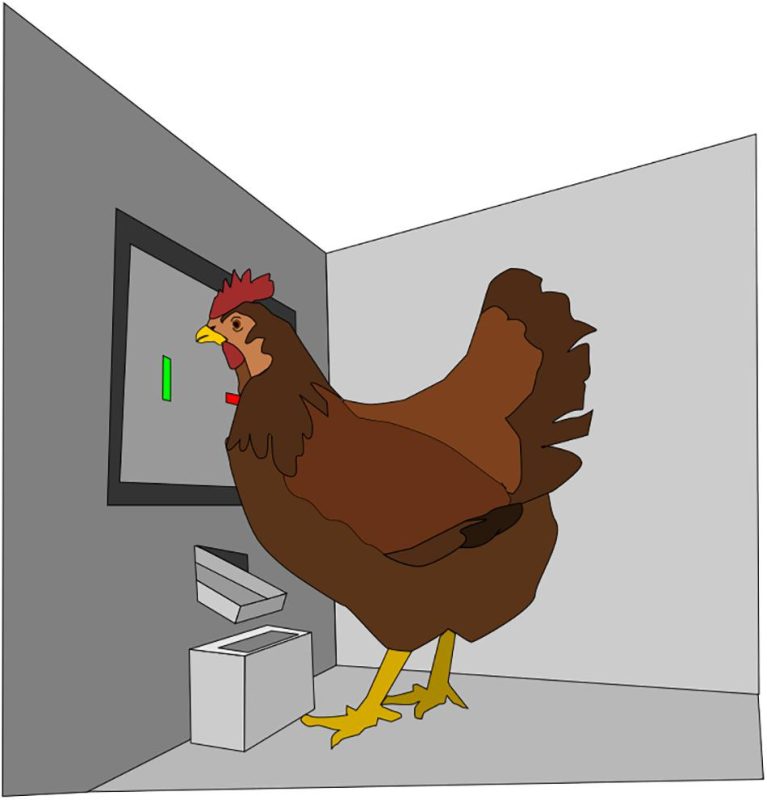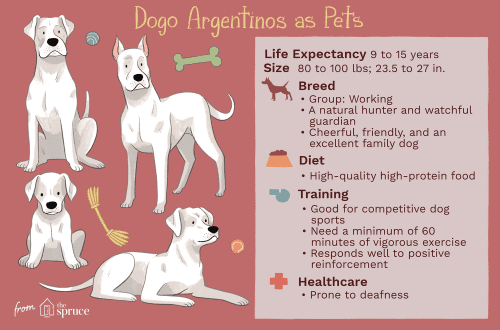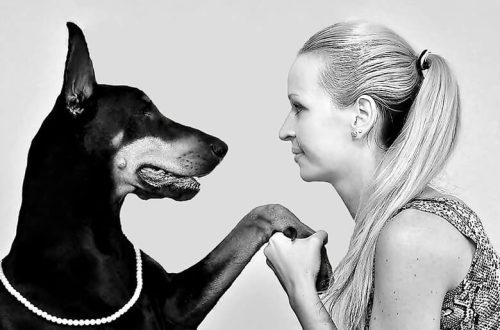
יי-שייַכעס ברידז פון דינער טשיקאַנז: די הויפּט קעראַקטעריסטיקס פון די מינים, די פּרינסאַפּאַלז פון סעלעקציע און פידינג
The impetus for the development of poultry farming, in particular egg farming, was once the growing need of the city’s population for natural food products. That is why in the 18th – 19th centuries the breed-forming process of egg poultry farming began to develop more intensively. Starting in 1854, a control nest was invented for the purpose of individually recording the egg production of hens.
Industrial production in the field of egg poultry farming in our time is based on the classic breed of chickens – white leghorn. On the basis of this breed, crosses with a huge egg production were created, and the leading poultry farms receive about 260 pieces per laying hen. In addition, crosses of chickens are noted in production, which carry eggs in white and dark shells. Crosses with colored shells are most preferred in Italy, England, USA, Japan and France.
After a comparative analysis of the characteristics of chicken breeds was made, the advantages of brown crosses in safety, excellent productivity, sorting by sex and stress resistance of chickens were revealed.
ינהאַלט
What is the difference between egg breeds of chickens?
Any breed of egg-laying birds is characterized the presence of a number of qualities:
- Light weight (no more than 2,5 kilograms);
- Very rapid development, occurring literally 140 days after birth;
- These breeds of chickens lay eggs in a white shell on the 125th day of development;
- High egg production (about 300 eggs are obtained from one bird), which is also ensured by the presence of good roosters on the farm.
In addition to all of the above, these chickens also have a beautiful appearance. At the same time, all breeds of chickens are similar to each other. Their fairly dense plumage is well developed and close to the body. The wings and tail develop to a large size. On the head is a seven-toothed straight crest.
Variety of laying hen breeds
Perhaps the most famous breed is the Leghorn, which is a well-bred variety. Laying breed were able to create American breeders.
Also a good representative of egg-laying hens is the Isobrown breed, bred by the French.
The breeding of hens and roosters, which are designed to produce a large number of eggs, has a very positive effect on the formation of agriculture. Almost any modern breed of chickens can already lay up to 150 eggs in the first year of life. To achieve maximum results, you should always maintain excellent lighting at a minimum. within 14 hours daily. By following these conditions, the owner of the poultry farm can be sure that his birds will give eggs every day.
As a rule, the replacement of the livestock must be done every year.
Egg breed Leggorn
The first to benefit from the large-scale breeding of this breed of chickens and roosters were the Americans. The enterprising inhabitants of this country began to study the main breeds in order to breed birds that would produce a large number of eggs. Thus, the Leghorn breed was bred.
In the West, these birds, including roosters, gained fame, and from the end of the 20th century, the breed was brought to our country. These birds are considered excellent laying hens, but hatch eggs badly, and therefore the method of breeding the breed with the help of brood hens will not work.
By itself, the breed of hens and roosters consists of small and fluffy birds with different feather colors – brown, black and fawn. An adult chicken can reach a weight of two kilograms, and puberty occurs from the age of four months. In a year she is able to demolish about 200 eggscovered with a dense shell of a white shade without the presence of spots.
All chickens of this breed survive very well – about 95% of the eggs in the incubator are fertilized. Leggorn roosters and hens eat moderately – a dozen eggs require 1,5 kg of food eaten. White crosses lay eggs more often than others.
White egg-bearing Russian
After the appearance of the Leggorn breed in Russia, private households, as well as industrial production, began to actively crossbreed these birds with local breeds of chickens and roosters. The result of such attempts was the appearance of the Russian White breed. The breed was finally approved in 1953.
Bird Data different from other layers ווי גייט:
- Small well developed head;
- Large leaf-shaped comb;
- White ears;
- Wide forward chest;
- Elongated body and large belly;
- Dense and well developed wings;
- Medium-sized legs are not covered with feathers;
- White colored feathers.
Roosters and hens of this breed are characterized by unpretentiousness in keeping and feeding. These birds are considered omnivorous and reach a weight of about 1,8 kg. Roosters weigh more than hens (about 2,5 kg). The weight of the egg is more than 50 grams, and per year the bird carries up to 300 eggs.
Oryol oviparous
This species is the oldest in Russia, since the breed was bred about two centuries ago. No one knows anything about the exact origin of the Oryol birds, but breeders have proven that their ancestors are Iranian chickens and roosters.
The Oryol breed of chickens is distinguished by the following characteristics:
- Raised torso on powerful and high legs;
- The skull is distinguished by a wide occipital bone;
- The beak is curved and sharp;
- The crest is small and hanging down with little hair on it;
- The bird has a beard and whiskers;
- Feather color can vary from red to white;
- Egg production – about 200 pieces per year.
Ukrainian earflaps
This breed of hens and roosters is ranked among the most egg-laying bird species. The name of the breed comes from the fact that their ears are covered fluffy hair, like a hat. Main The physiological characteristics of this breed of hens and roosters are:
- The head of a rooster and hens is medium in size;
- Pink leaf-shaped comb;
- The earlobes are painted red and covered with sideburns;
- Small and curved beak;
- Short neck and straight back, which are characteristic of both roosters and hens;
- The legs are not covered with feathers;
- The color of the feathers is black-red or brown-red.
This breed of hens and roosters is unpretentious and therefore, with moderate feeding, they can weigh about two kilograms (roosters are larger). Up to 160 eggs can be obtained from one bird annually. The first egg “Ukrainian earflaps” gives at the age of five months.
Hamburg chicken breed
This species of birds is bred in Russia due to their high egg production and vitality. Hamburg hens and roosters are characterized beautiful plumage and small size. Basically, this breed of chickens is painted white. The bird produces 170 eggs per year, and about 85% of chickens survive when hatched.
Carpathian greenleg
Officially, this species was registered at the beginning of the last century in Poland. The bird is very beautiful in appearance – the main part of the body (belly, thighs and chest) is covered with black feathers, and the rest is red. Roosters of this species always look much more spectacular than hens. The mane is bright orange, the crest is red, and the legs are greenish.
Carpathian greenlegs are ready to lay eggs by six months of development. In a year this breed of chickens carries 180 eggs. There is practically no cholesterol in the eggs of this breed of hens and roosters. That is why this product is very useful for a person.
How to identify the perfect laying hen?
If you need to choose a good breed of hens and roosters, you must pay attention to the appearance and behavior of the bird. When roosters and hens are mobile and actively eat food, they are distinguished by widely spaced legs, then you should pay attention to this breed of chickens. In addition, the egg breed of hens and roosters is different soft belly and bright earrings.
Also, a feature of laying hens is pigmentation, which disappears in the process of high egg productivity.
In autumn, in a good breed of hens and roosters, the shell of the eye, the area of uXNUMXbuXNUMXbthe legs and beak becomes paler.
Feeding adult birds
Chicken is considered one of the animals that eat almost everything and are distinguished by a short digestive tract. First of all, it should be fed with concentrated feed, for example, grain enriched with animal proteins and nitrogenous substances.
As a rule, this feed must make up 2/3 of the bird’s diet, and the remaining third is diverted to voluminous feed in the form of minerals and food waste. At the time of laying, the bird requires the use of more calcium. If the diet contains an insufficient amount of this element, she begins to peck plaster or eggs.
During the period until the bird is laying eggs, its diet should consist of from grain and food waste. When laying eggs, it is imperative to give the laying hens compound feed (about half of the total mass).
In summer, it is advisable to walk chickens on a special site, and in winter they should be fed with root crops, nettle and clover flour. All this should be given to the birds in the form of a warm mash in the morning.
What should be the poultry house?
After the farmer decides on the choice of bird, you need to start building aviaries or cages.
The main requirement is the optimal area of the house, which is why it must be spacious. The bird should move freely on it when it suits her. If farmers intend to keep poultry in semi-free conditions, they it will be possible to do without cells. In this case, you need to equip comfortable perches in which the bird will lay eggs.
An equally important condition is the cleanliness of the premises, since pathogenic bacteria can develop in a dirty poultry house.
The temperature in the chicken coop should be maintained around +200. So that it does not decrease, the room should be well insulated – a layer of bedding is laid on the floor, and special frames are hung on the windows.
You should also take care of proper ventilation, because with musty air, birds can get respiratory diseases. It would be ideal to ventilate the chicken coop every day.





